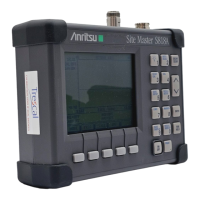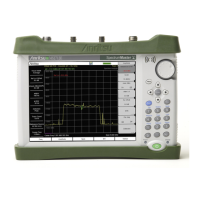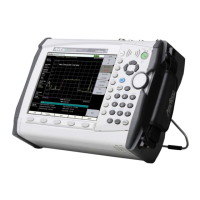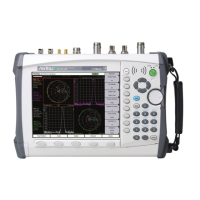S331L UG PN: 10580-00321 Rev. M B-3
Glossary of Terms B-2 Glossary Terms
BER : Bit Error Rate or Bit Error Ratio (link quality
specification/testing) (BER) is a measure of
transmission quality. The ratio of error bits to the
total number of bits transmitted. A bit error rate
of 10-6 refers to an average of one error per
million bits. It is generally shown as a negative
exponent, (for example, 10-7 which means 1 out of
10
7
bits are in error or 1 out of 10,000,000 bits are
in error). Bit Error Rate is the fraction of a
sequence of message bits that are in error.
BERT : Bit Error Rate Test/Tester (BERT) is a test that
gauges the quality of the T1 or digital line. By
sending a known pattern to another device across
the span, the far end device can compare incoming
pattern to its own, thereby indicating bit errors on
the line.
CCDF : Complementary Cumulative Distribution
Function (CCDF) is a method used to characterize
the peak power statistics of a digitally modulated
signal. The CCDF curve can be used to determine
design parameters for CDMA systems (such as the
amount of back-off to run in a power amplifier).
Cell : In wireless communication, a Cell is the
geographic area encompassing the signal range
from one base station (a site containing a radio
transmitter/receiver and network communication
equipment). Wireless transmission networks are
composed of many hexagonal, overlapping cell
sites to efficiently use radio spectrum for wireless
transmissions. Also, cell is the basis for the term
cellular phone.
Cell Delineation : Cell Delineation is the process for recognizing the
beginning and end of ATM cells within the raw
serial bit stream.

